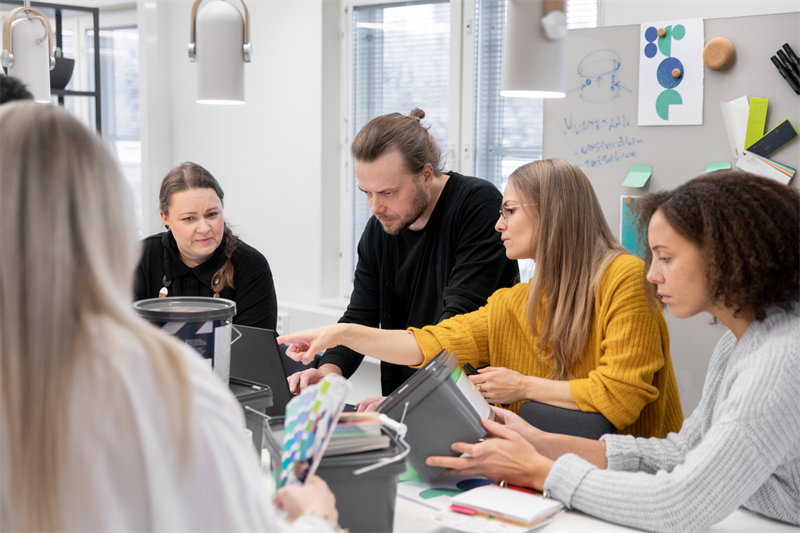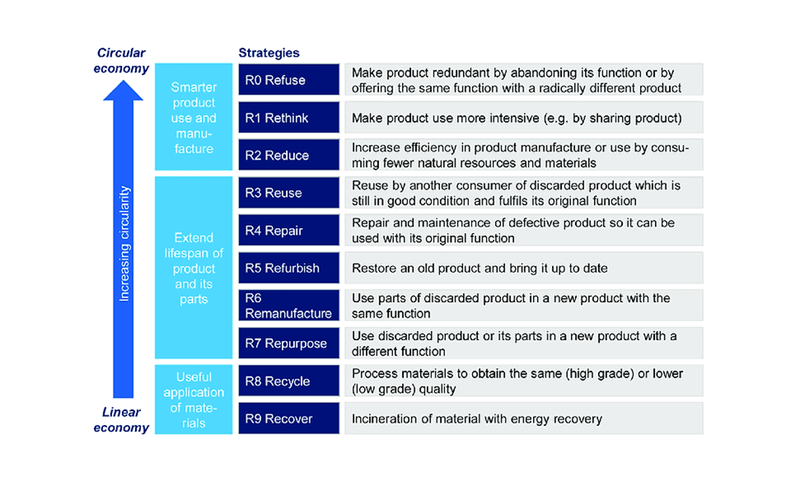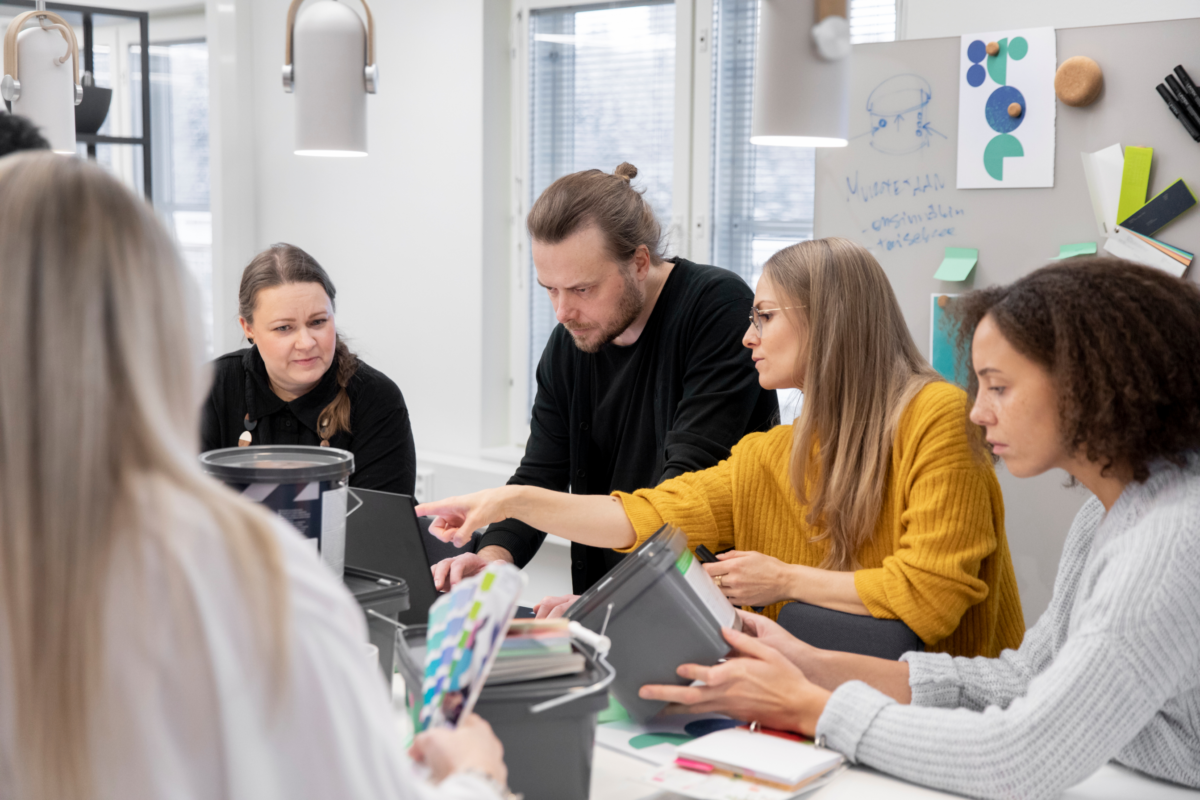Since January 2023, Kiilto has been part of the ‘Circular Design – a path towards circular economy’ training programme focused on deep-diving into circular design principles and developing feasible concepts that generate less waste and pollution. In all, 50 Finnish companies from different industries and sizes were selected to be experimental forerunners for a new era of sustainability, innovation and competitiveness.
Our thinking in transition
The 1-year training curriculum consisted of two tracks: one for strategic decision makers, the other for personnel behind product/service development, marketing, and brand and customer experience. Modules varied in formats, presenting new information and offering networking opportunities via events, workshops, podcasts, and webinars.
“Through different interactions, we got practical examples from other companies on how they utilized circular design principles in their work – like 1 company refurbishing their forestry machines instead of buying entirely new equipment,” says Viivi Kettula, Environmental Manager at Kiilto.
“Podcasts were particularly interesting because circular economy experts weren’t afraid to give their personal opinions on how they see the market transforming or falling short,” adds Kettula.
All 50 companies, including Kiilto, were selected from an application process. Participants included companies from different industries and sizes, such as Stora Enso, UPM Raflatac, Martela, Helkama Velox and Genelec.
“Lots of industry knowledge was represented within the same programme – from textiles and furniture to consumer hygiene to IT,” says Tomi Nissinen, RDI Manager at Kiilto.
Accelerating the circular learning curve
Up to 80 percent of the environmental impact of a product is determined during its design phase. That’s why incorporating circular design principles into new strategies and product/service innovations is urgently needed as a partial solution to climate change, the overconsumption of raw materials, and biodiversity loss.

“Circular design thinking is something we are already doing at Kiilto, such as Our Promise to the Environment and lifecycle assessment calculations, but this programme has given us more formalized material to incorporate into our project management and other sustainability initiatives,” says Jussi-Matti Kauko, RDI Manager at Kiilto.
After each module, Kiilto participants hosted internal recaps for the wider organization to discuss learnings and plan implementable actions. This raised interest and allowed ideas to be shared on more equal footing.
“The themes and issues related to the circular economy are not simple or easy to understand. It takes a lot of practice and repetition to reach a deep understanding, especially for those who do not deal with the matter daily,” continues Kauko.
The 9R Framework is a simple, but effective way forward
The circular economy, in essence, is about generating less waste and pollution, extending product and material lifecycles, and regenerating nature.
A framework based on 9 common circular economy strategies was introduced during the training programme, which companies found as a useful tool in examining how materials can be used and reused at their highest value while minimizing waste and environmental harm.

The 9R Framework, adapted from Potting et al. (2017)
“Replacing or upgrading products into services to better control the material flows and recycling of waste was a new way of thinking that came out of the programme,” says Maija Kulla-Pelonen, RDI Manager at Kiilto.
When compared to the linear take-make-waste model, transitioning towards a more circular and sustainable business model can help restore the planet’s ecological balance while ensuring a company’s competitiveness in terms of regulatory compliance, customer relationships, differentiated innovation and long-term resilience.
A long journey from pioneering solutions to mainstream adoption
However, closing the gap between today’s business practices and tomorrow’s business models will require a fundamental change in mindset, collaboration and investment.
“Overcoming the challenges of the circular transition comes down to courage and constant activity. We need to get comfortable readily sharing information and experimenting with each other, so we can connect value chains in a new way. Pioneers can excite, but we need to involve a larger group to make the market become ordinary and accessible as soon as possible,” says Kiilto’s Tomi Takala, Business Area Director, Industry.
Further background:
The training is an initiative of the Strategic Circular Economy Program, led by the Ministry of the Environment. Design Forum Finland, a promoter of design utilisation in companies, and circular economy expert Ethica Oy, in collaboration with VTT, SYKE, Sitra, Frankly Partners, Miltton, and Alice Labs, are responsible for its implementation.
